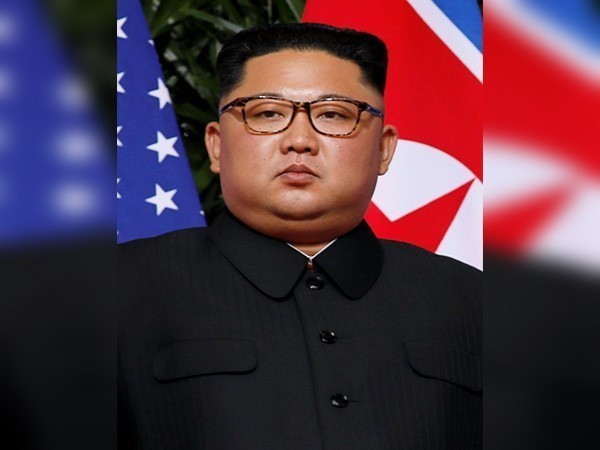Ptongyang [North Korea], June 27: Yonhap quoted information from the Korean Central News Agency (KCNA) revealing that the test on June 26 tested the ability to separate and guide each warhead.
Pyongyang said the test was aimed at ensuring the capabilities of multiple-tracking warhead ( MIRV ) technology - meaning a ballistic missile will be able to carry multiple warheads to attack multiple targets.
However, according to previous information from the South Korean military , the North Korean missile exploded after being launched on June 26. A South Korean Joint Chiefs of Staff official said the missile was launched at about 5:30 a.m. (local time), but exploded after flying 250 km. The Japanese Ministry of Defense announced on the same day that Pyongyang launched a ballistic missile and reached an altitude of 100 km, flying more than 200 km before falling.
A military source revealed that Pyongyang may have tested a hypersonic missile. Meanwhile, North Korea said the test used the first stage engine of a solid-fuel medium-range ballistic missile, with an operating radius of 170 - 200 km. The mobile warheads were guided to accurately attack the target, according to KCNA. Additionally, decoys from rockets also work effectively.
KCNA quoted North Korean officials as saying that strengthening MIRV capabilities is a very important task in defense technology and a top priority of the Central Committee of the Korean Workers' Party.
MIRV technology is equipped on ballistic missiles to increase the attack and deterrence capabilities of tactical units. A missile carrying multiple warheads allows them to attack multiple targets in a single launch, reducing the cost of producing many missiles, as well as creating challenges for interception capabilities due to having to deal with multiple targets.
Source: Thanh Nien Newspaper

